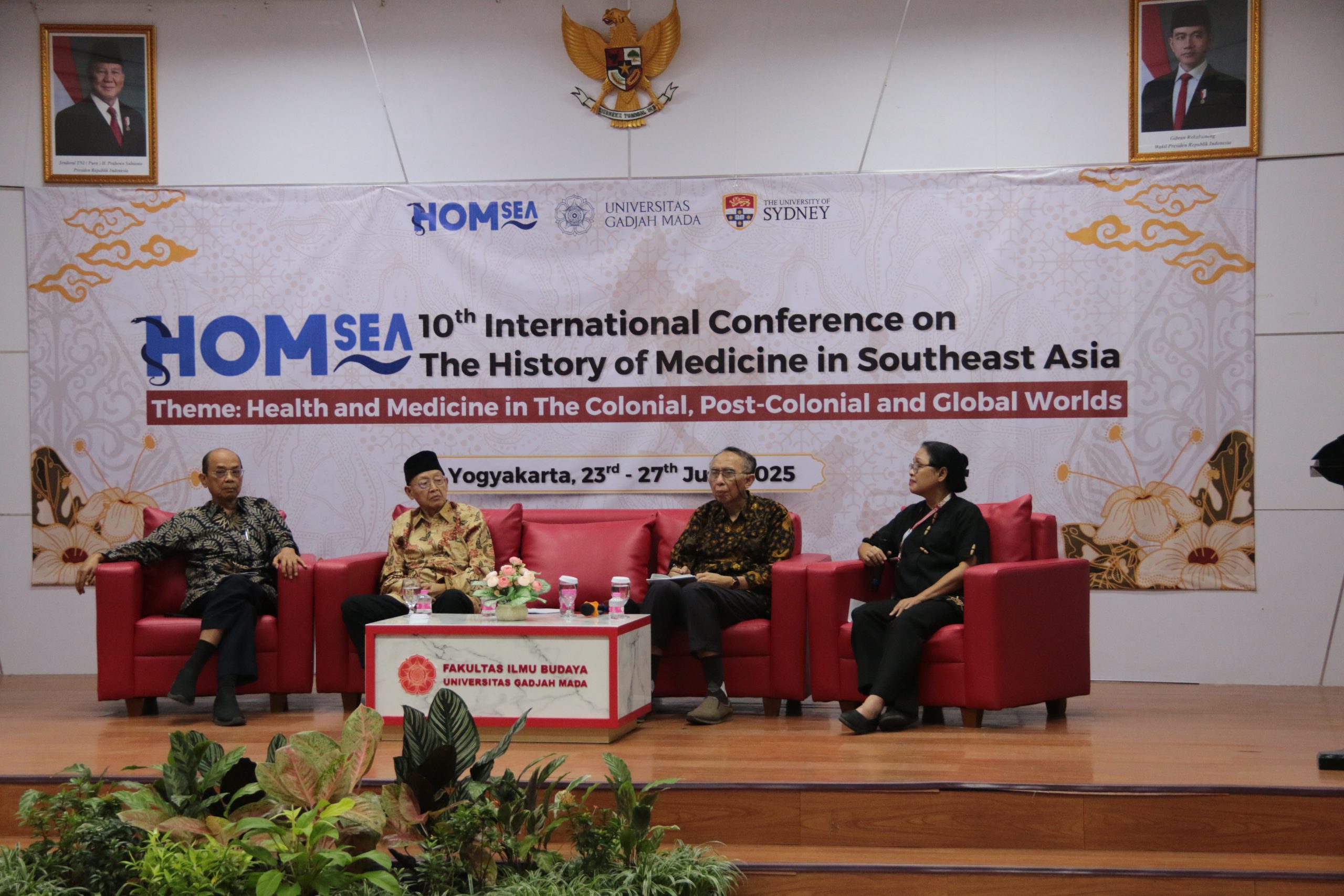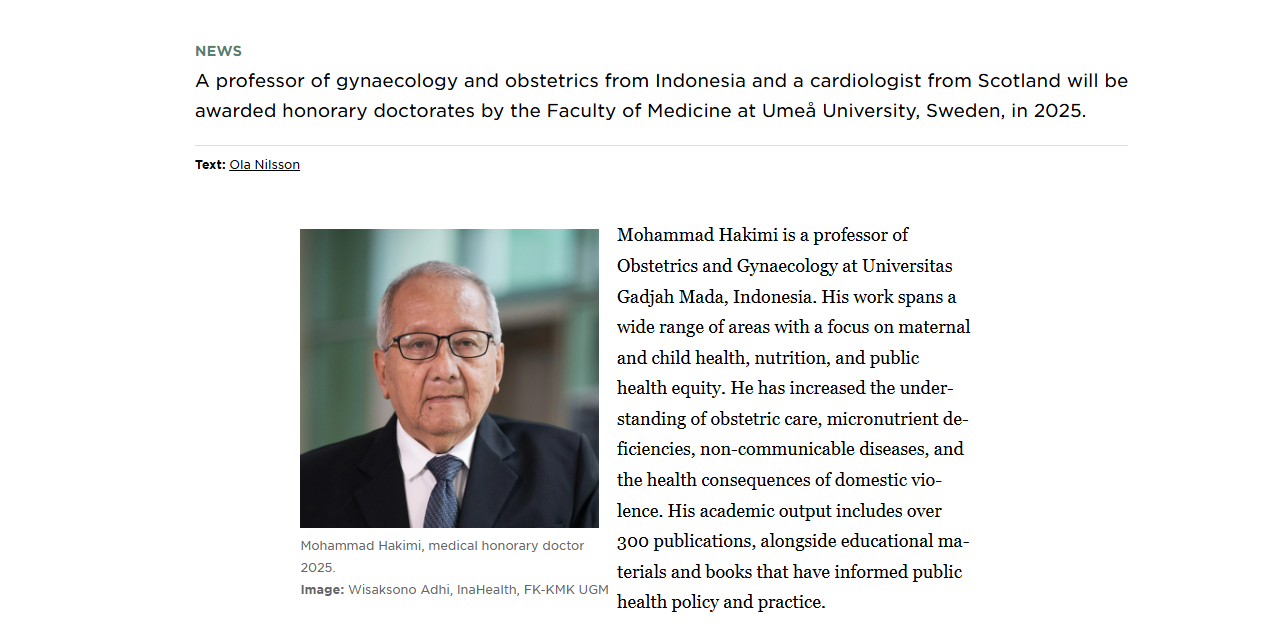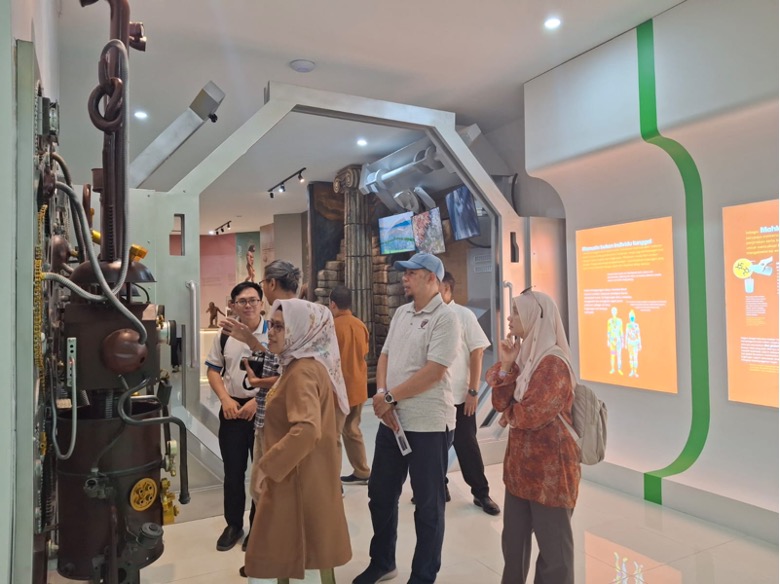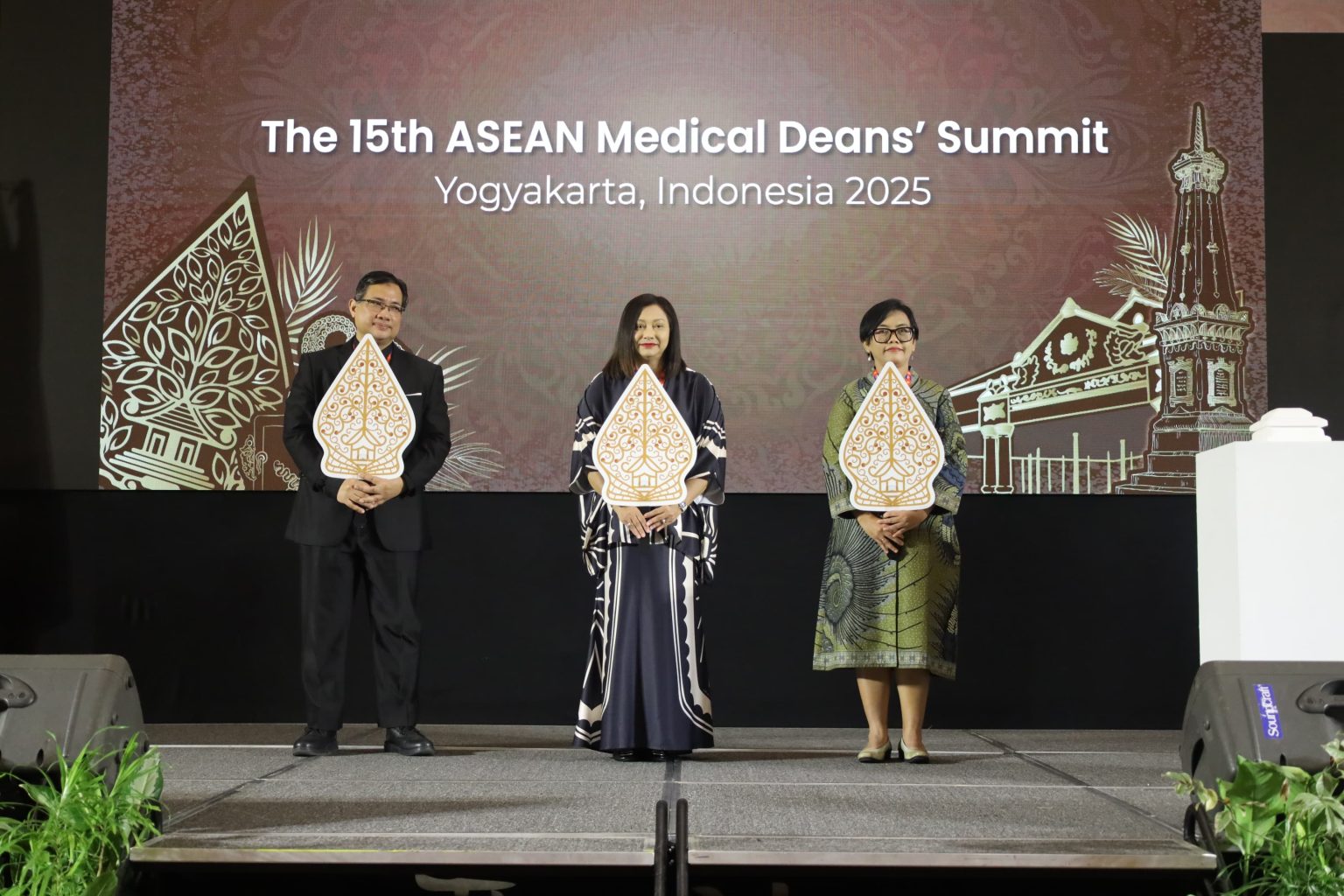FK-KMK UGM. Recently, the term “toxic” has frequently appeared across various social media algorithms. This behavior can affect oneself, others, and the surrounding environment.
In Indonesian, toxic translates to “racun” (poison). However, in this context, it refers to behaviors or environments that are harmful.
To provide insight into potentially toxic behaviors in campus environments, the Faculty of Medicine, Public Health, and Nursing at Universitas Gadjah Mada (FK-KMK UGM) organized a Lunch Discussion themed “How to Survive in a Toxic Environment.”
The discussion took place online via Zoom on Wednesday (19/6) with over 150 participants.
“There are several characteristics of a toxic workplace, which indicate a toxic organizational culture,” explained Ridwan Saptoto, S.Psi., M.A., Ph.D., Psychologist.
According to Ridwan, these characteristics include disrespectful, non-inclusive, unethical, cutthroat, and abusive behaviors.
“We can see that a toxic workplace ranges from the mildest to the most severe forms,” Ridwan emphasized.
The mildest form of a toxic workplace is simply being disrespectful, while the most severe is harassment (abusive).
Ridwan further explained that a toxic workplace can involve harassment, bullying, and ostracism.
“It is unfortunate that as adults, we spend most of our time at work, yet we encounter toxicity there,” he noted.
He explained that such conditions affect work performance, making it difficult to achieve optimal results and related accomplishments.
“The workplace can become an undesirable location or time, something people wish to avoid,” said Ridwan.
Solutions to address a toxic workplace include eliminating organizational cultures that foster fear of openness, encouraging collaborative behavior, and developing positive leadership styles.
“A leader should foster hope for their employees and not merely act as a judge,” concluded Ridwan.
This discussion highlighted commitments to the Sustainable Development Goals (SDGs), specifically Good Health and Well-Being (SDG 3), Quality Education (SDG 4), and Gender Equality (SDG 5). (Isroq Adi Subakti/Reporter)







